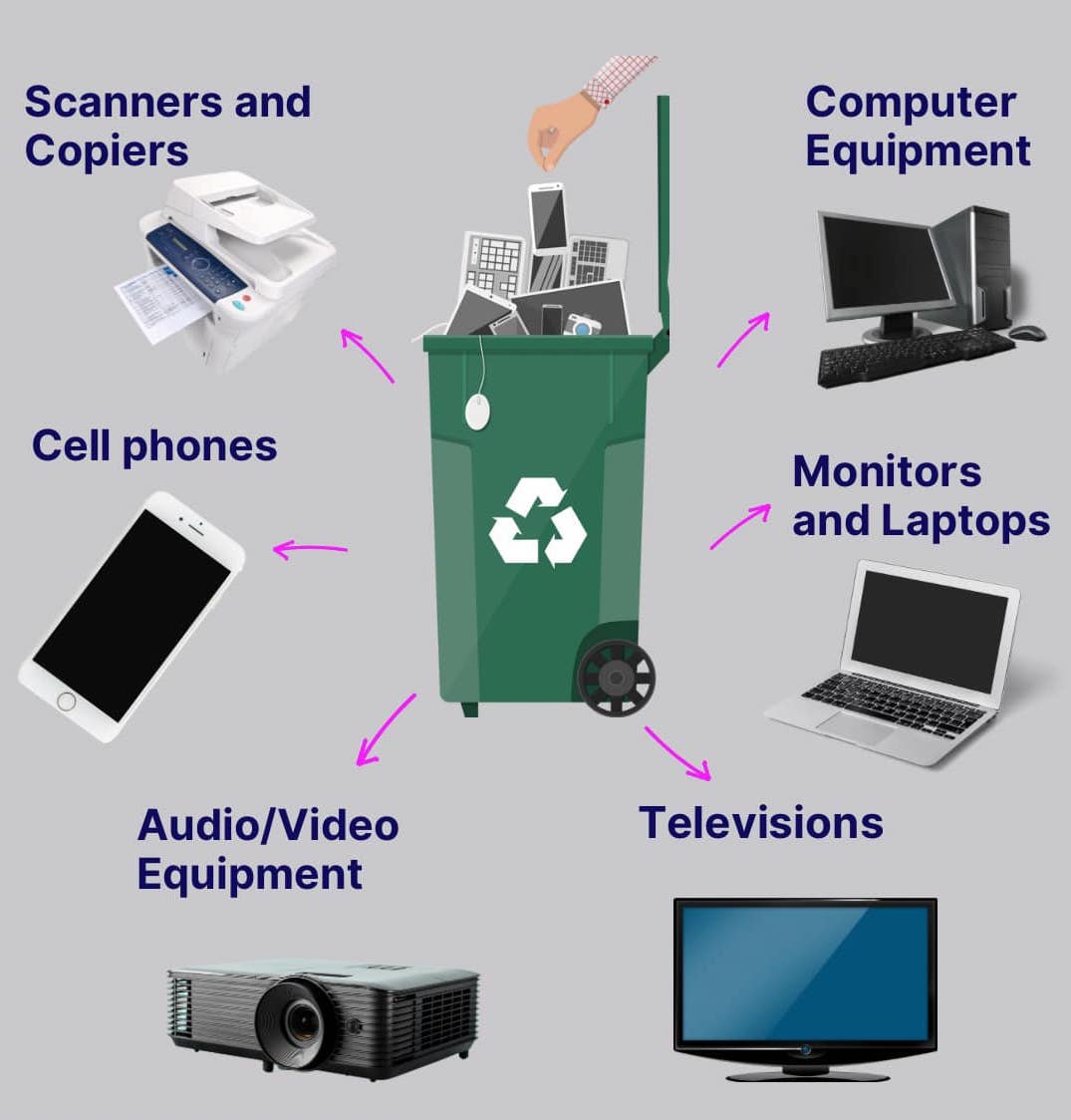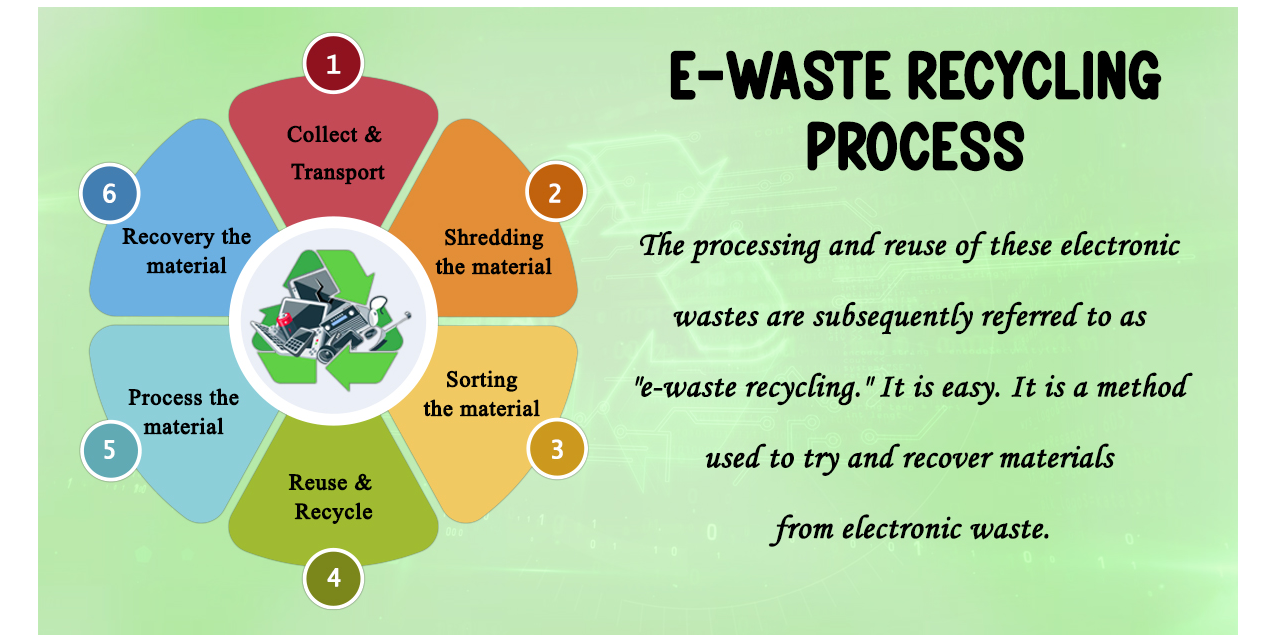How Recycling Lives Services can Save You Time, Stress, and Money.
Table of ContentsThe Ultimate Guide To Recycling Lives Services4 Easy Facts About Recycling Lives Services DescribedThe 7-Second Trick For Recycling Lives ServicesThe Main Principles Of Recycling Lives Services The Buzz on Recycling Lives Services

In addition, all Oxfordshire regional authorities approve vapes and e-cigarettes as a separate kerbside collection. How they are collected in each area differs a little; examine you have the proper info for your location.
Mobile batteries the kind you find in tiny portable tools can also be reused at the kerbside but not inside any one of your containers. Check the Waste Wizard for how to do this in your location. Bigger shops that market batteries also have collection factors for recycling old batteries. Batteries must always be removed from electrical items where they are designed to do so and recycle separately, Energy-saving, LED and compact fluorescent light bulbs and tubes can be reused at our recycling centres.
Recycling Lives Services Things To Know Before You Get This
Older-style filament or halogen light bulbs can be disposed of in your basic rubbish container at home. Some Do it yourself shops likewise have collection factors for light bulbs.

The Recycling Lives Services PDFs
Electric products are broken down into separate pasts so that the different products they are made up of can be gotten rid of and recycled. Waste recycling centres are for use by homeowners only and can not approve waste from commercial sources.
E-waste, electronic waste, e-scrap and end-of-life electronic devices are terms frequently used to define utilized electronic devices that are nearing completion of their useful life, and are disposed of, contributed or provided to a recycler. The UN specifies e-waste as any kind of discarded items with a battery or plug, and includes harmful and unsafe substances such as mercury, that can posture serious danger to human and environmental wellness.
Little Known Facts About Recycling Lives Services.
Just 17.4% of this electronic waste, having a mix of hazardous compounds and valuable products, will certainly be taped as being appropriately accumulated, dealt with and reused - https://experiment.com/users/rcyclng1vssvc. Many initiatives are taken on to tackle this expanding worry, however none can be completely efficient without the energetic role and appropriate education of consumers

Mining thrown out electronics creates 80% less exhausts of carbon dioxide per device of gold compared with mining it from the ground. In 2015, the removal of basic materials made up 7% of the world's power intake. This indicates that relocating towards using even more additional resources in electronic goods could help significantly in getting to the targets laid out in the Paris Agreement on climate change.
The Single Strategy To Use For Recycling Lives Services
Every device ever before created has a carbon footprint and is adding to human-made international warming. Produce a tonne of laptops and potentially 10 tonnes of carbon dioxide are released. When the carbon dioxide released over a device's life time is thought about, it mainly occurs throughout production, before customers buy a product. This makes reduced carbon procedures and inputs at the production phase (such as usage recycled raw materials) and product lifetime key determinants of total ecological influence.
Also in the EU, which leads the world in e-waste recycling, just 35% of e-waste is officially reported as appropriately gathered and recycled. The absence of reusing weighs heavily on the international digital industry and as gadgets come to be more numerous, smaller and a lot more complicated, the problem intensifies.
The continuing to be mass of e-waste mainly plastics tied with metals and chemicals poses a more unbending trouble. A new vision for the production and intake of digital and electric goods is needed. It is very easy for e-waste to be framed as a post-consumer problem, but the issue includes the check out this site lifecycle of the gadgets every person utilizes.